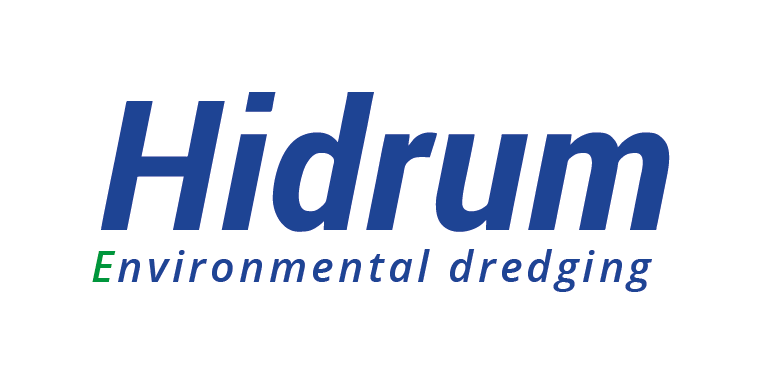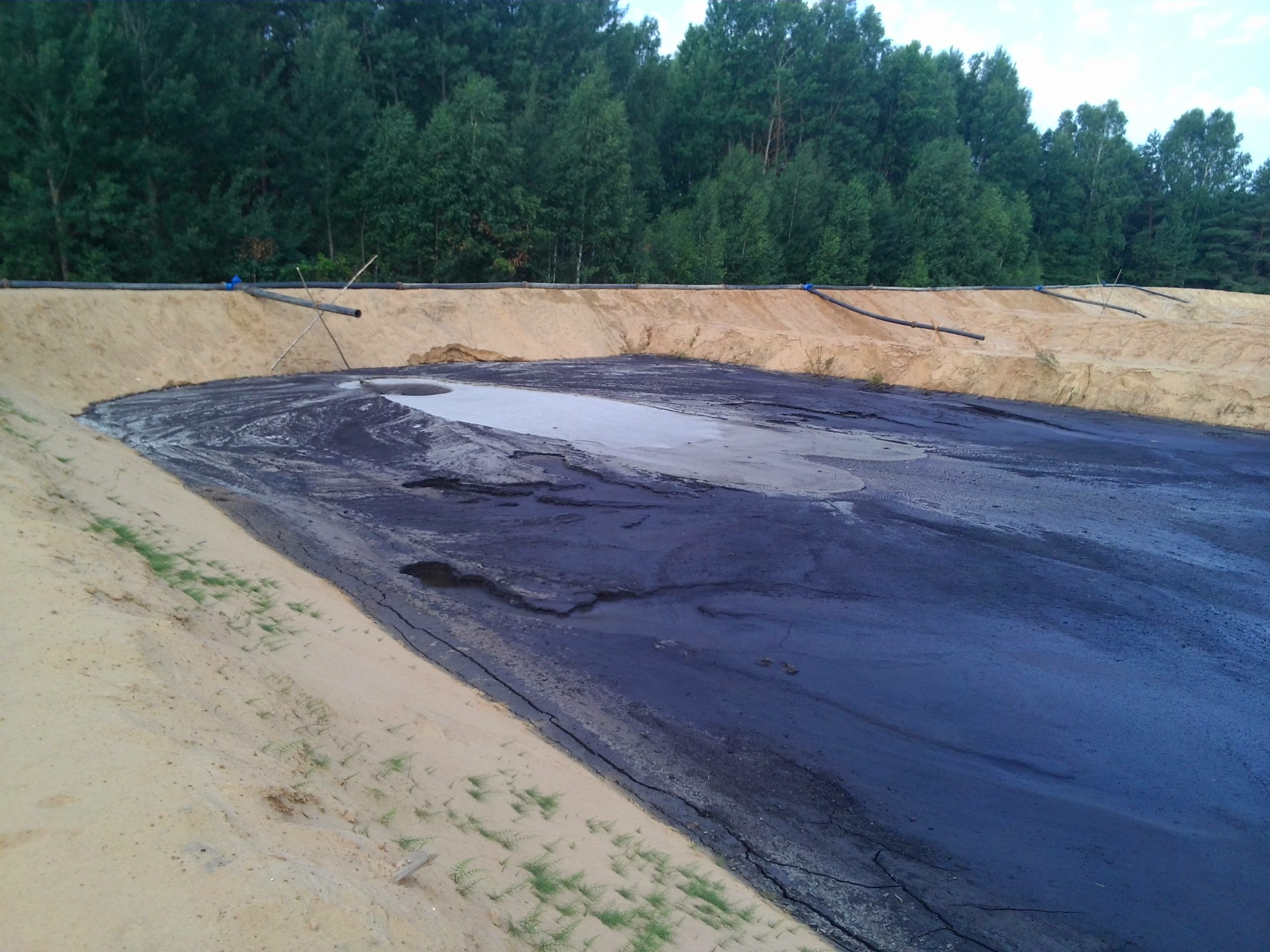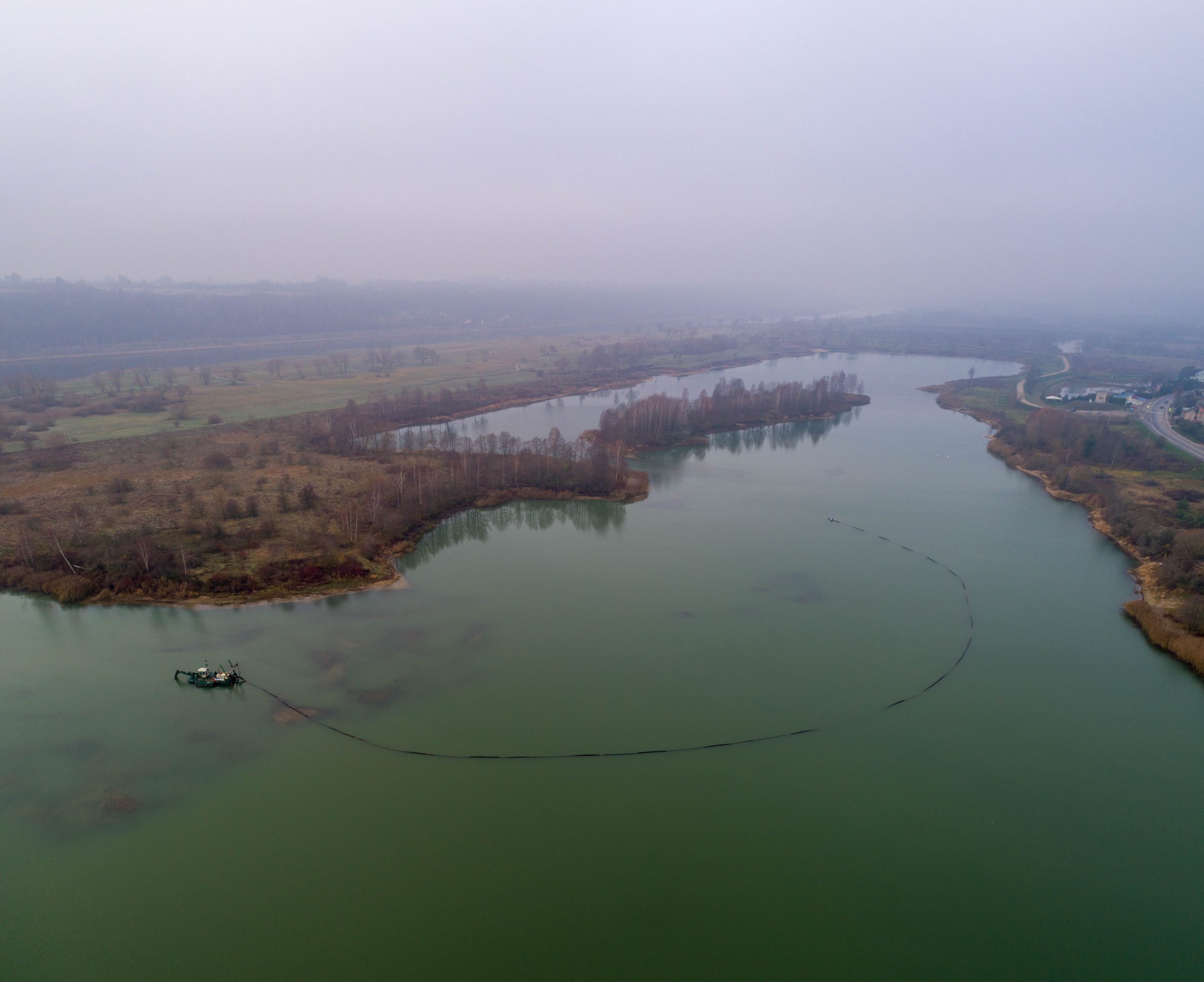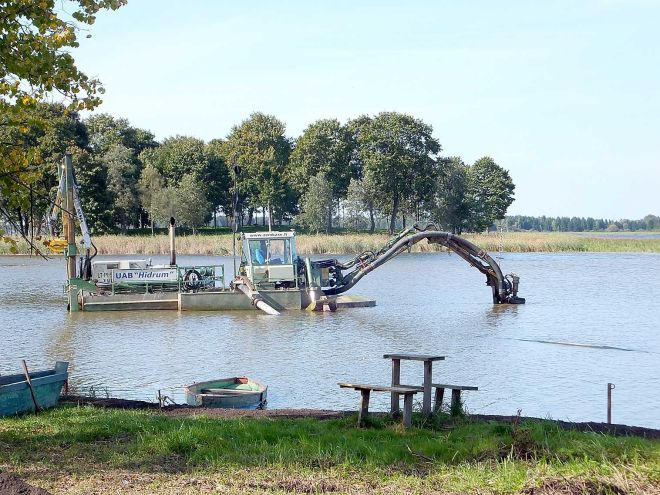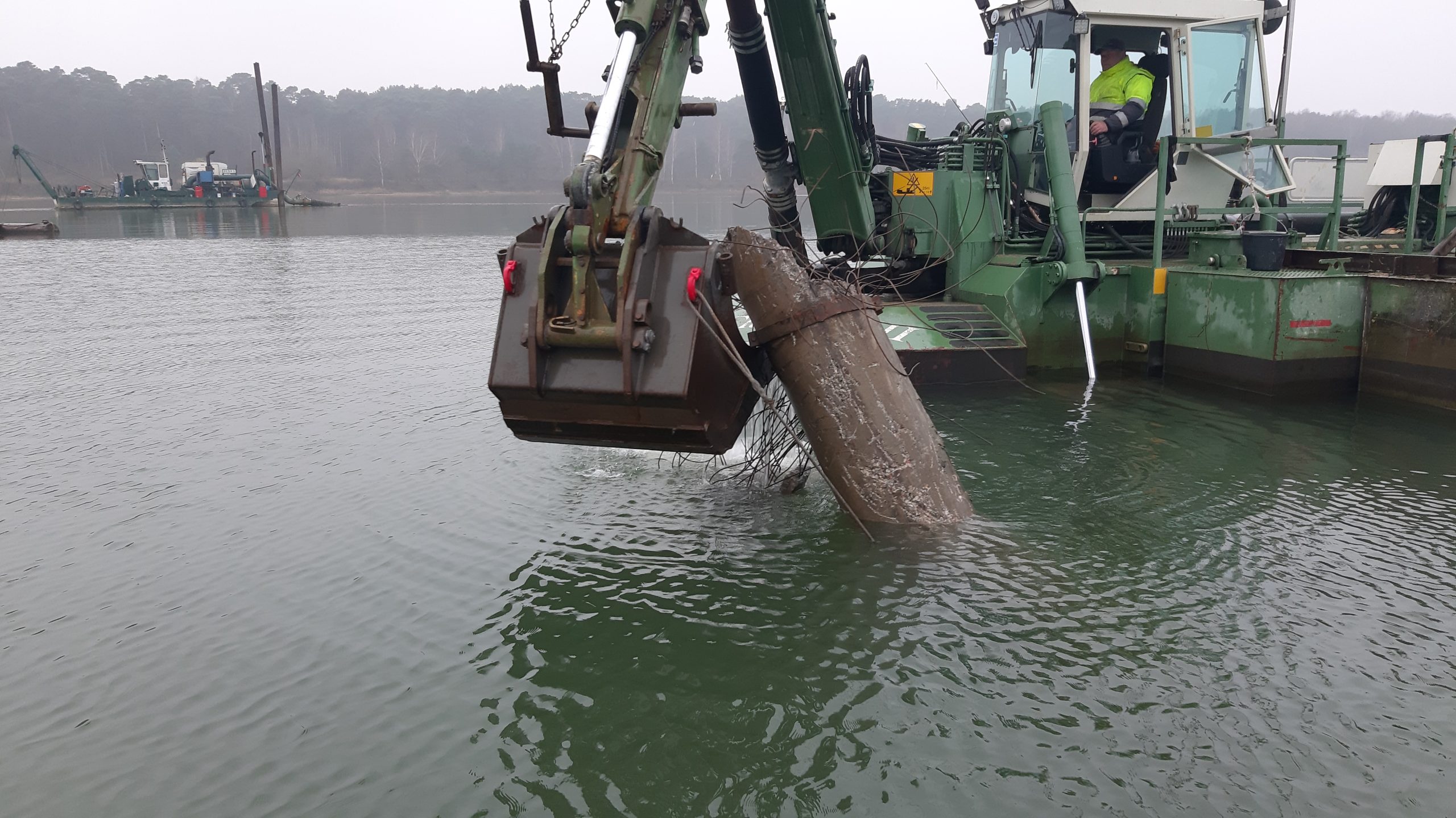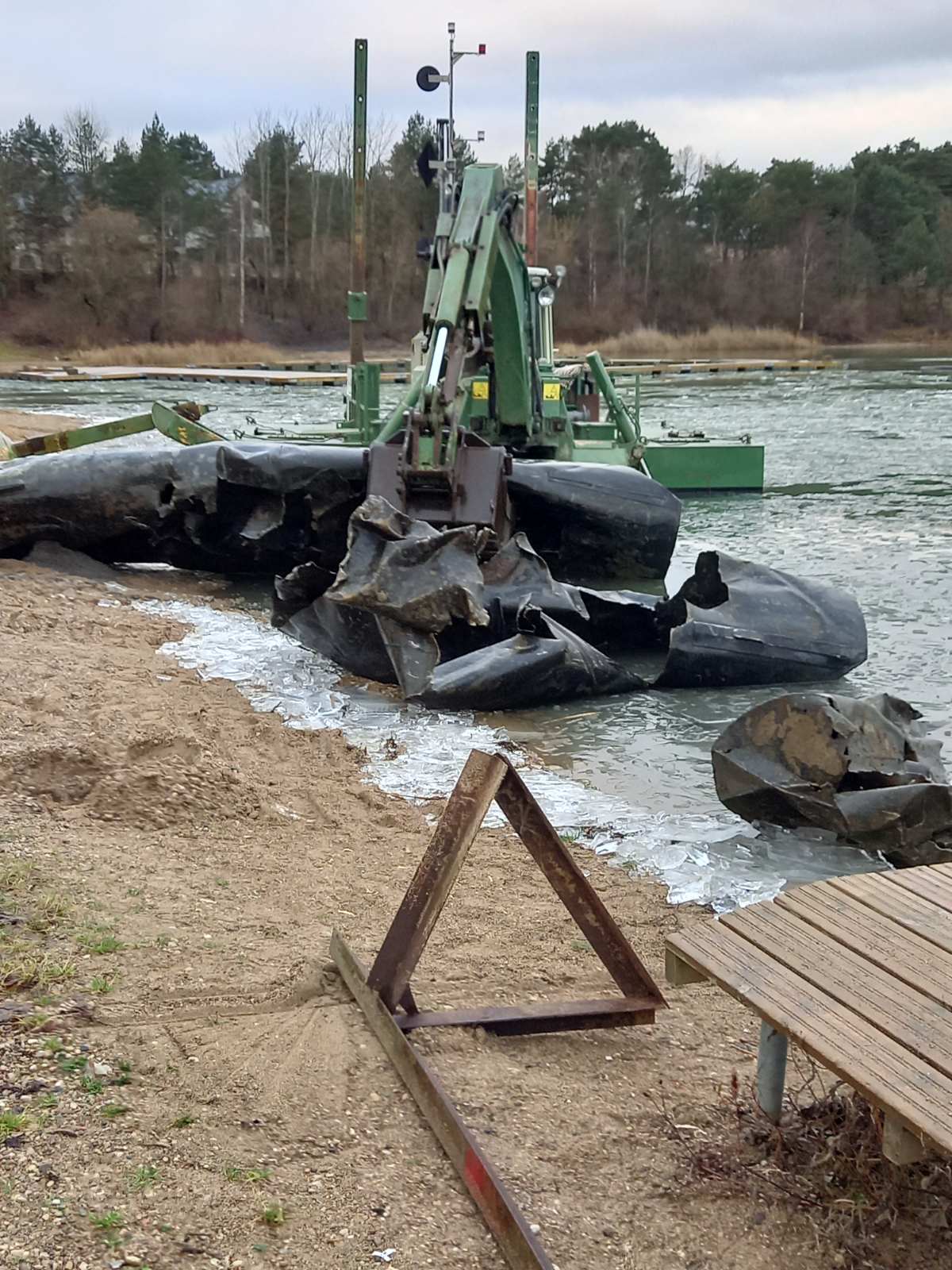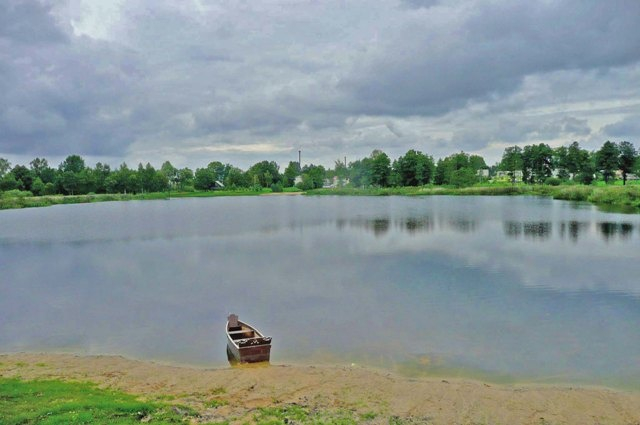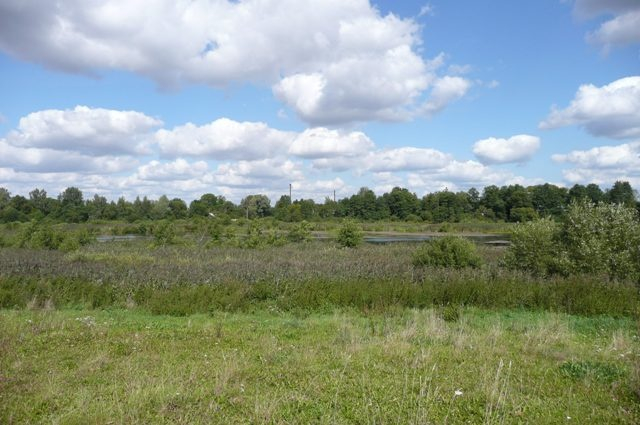What is lake cleaning?
Lake cleaning is a multifaceted process that aims to restore and maintain the ecosystem, aesthetics, and functionality of lakes. It includes various activities and methods aimed at improving the quality of the water body, removing past pollution, and preserving the ecological balance of lake water.
How is lake cleaning done?
The “Watermaster Classic” is a multi-functional device used for cleaning and maintaining lakes. With its versatile capabilities and advanced features, the “Watermaster Classic” has become a valuable tool in restoring lakes by removing pollution from the past.
The “Watermaster Classic” can reach the area to be cleaned with water, so it is not necessary to enter through landscaped areas. The unique functions of the multi-purpose dredger allow the device to reach various areas of the lake: shores, bottom, shallows. Because the “Watermaster Classic” can cover different terrains, it can effectively access and clean areas that would otherwise be difficult or impossible to reach.
Dredging is an essential process for cleaning and restoring the lake. Sediment, silt, and debris accumulate on the bottom of lakes over time, affecting water quality, obstructing navigation, and disrupting the balance of aquatic ecosystems. Lake siltation is caused by natural processes such as decaying aquatic vegetation, leaves falling into the water, or human economic activities. To eliminate the effects of these processes, the “Watermaster Classic” technology was developed, which is equipped with advanced dredging equipment that allows the machine to excavate and remove sediments, effectively removing alluvium and restoring the depth of the lake.
In addition to sediments, distinct types of debris often accumulate in lakes: floating vegetation, branches, logs. “Watermaster Classic” has the tools to remove this debris. Its front-mounted rake attachment efficiently collects floating debris and can grab and remove larger objects. There is enough space on the deck of the machine to temporarily store the collected rubbish and unload it after it has been properly transported.
Waterside vegetation can negatively affect the lake’s ecological balance and recreational activities. The “Watermaster Classic” has macrophyte uprooting attachments to effectively remove and collect these plants. The rake attachment can uproot vegetation, collect floating vegetation or vegetation in shallow water.
The well-being of the lake is closely related to the condition of its coast. “Watermaster Classic” helps maintain the shoreline by removing overgrown vegetation and restoring damaged banks. The machine can effectively clear vegetation and debris along the shore. Cleaned shores of the lake provide suitable conditions for leisure activities, fishing, and sailing. The dredger is ideal for cleaning overgrown shorelines.
The “Watermaster Classic” is designed with environmental friendliness in mind. The machine’s amphibious design ensures that it can work in fragile ecosystems without causing grave damage. In addition, the “Watermaster Classic” is equipped with oil spill response equipment, allowing for quick and efficient containment and cleanup in the event of an oil or other chemical spill in the lake. We use biodegradable hydraulic oil.
The “Watermaster Classic” is a very versatile and efficient lake cleaning machine that we use. Its amphibious design, dredging capabilities, debris removal tools, aquatic vegetation removal and uprooting attachments, water quality enhancement features, shoreline maintenance capabilities, and environmental friendliness make it indispensable in lake restoration and shoreline protection. Using this advanced technology, we can ensure that your lake or part of it will be restored, cleaned and free of unwanted aquatic vegetation for at least 5 years.
What does the cost of cleaning the lake depend on?
Since lake cleaning is a multifaceted and complex process, the price of the service depends on many factors, for example, the area of the lake to be cleaned, the distance of removal of the water vegetation, the intensity of the pollution, whether the vegetation is cut or uprooted, the sludge is pumped, etc. Therefore, a preliminary price can only be determined after a telephone conversation or on-site inspection.
